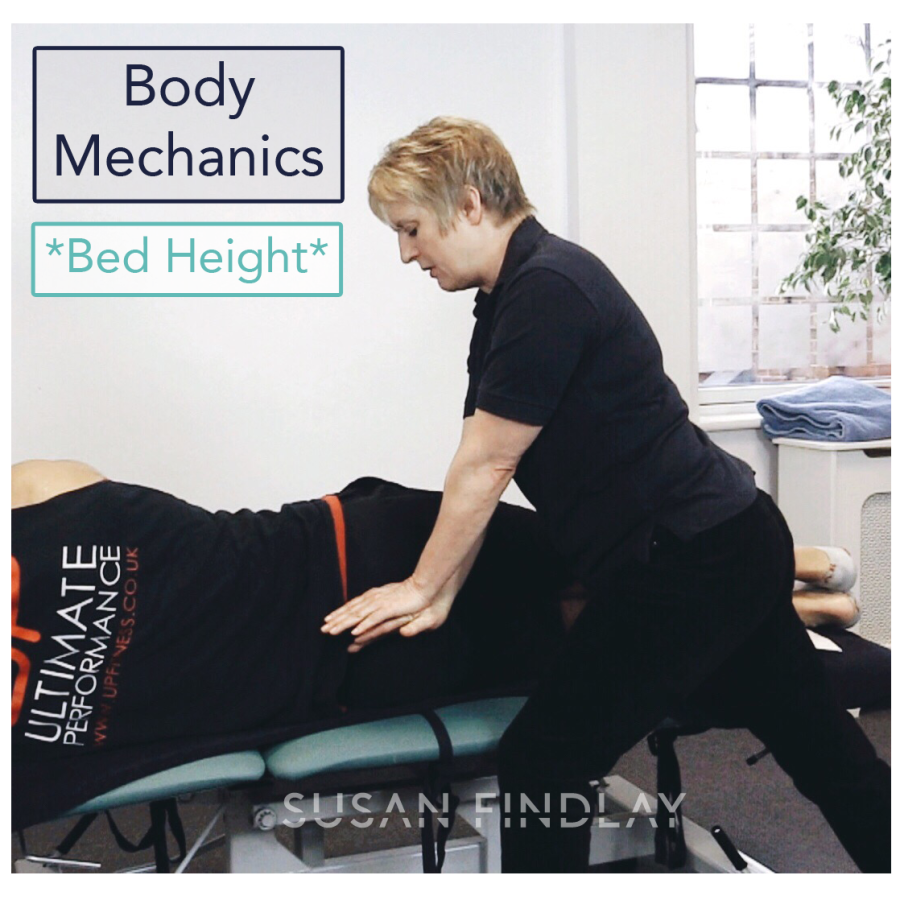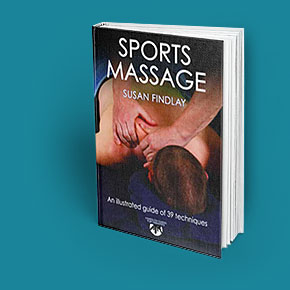In order to work as a successful massage therapist, we need to make sure we have the best foundations possible. This series on body mechanics will offer tips and insight into how best to ensure we have these foundations in place in order to have a long, injury free career and are able to work with comparative ease during every session. By laying these foundations we are also making sure that we work with the client, and are perceptive to their needs with every stroke. This will not only make our lives easier as therapists, but also attract a returning client base who will have felt we have listened to, and heard, the unspoken words of their body.
Massage Couch Height
When you first begin as a massage therapist, you will most likely have bought a good mobile bed. If this is the case then, as the couch will be static, you will probably be able to make enough of a height change by using your legs. For certain treatments, such as Tapotement, you will want to aim to keep your forearms at a right angle to your upper arms, you can do this with a static couch by either bending your knees or widening your stance, this will allow you to work at the optimal height.
Your first step as a massage practitioner is to choose the right bed for you. A good couch will enable you to work comfortably and more effectively, ultimately improving both the experience for yourself and your client. Fortunately there is a set of criteria that can be followed in order to help you select the best couch height for you and your practice.
Size and shape of your client: The placement of your arms in relation to your body will be affected by the size and structure of the client you are working on. In order to ensure you have the right angle when working on a larger person, you will need to lower the bed, otherwise you can change how you use your arms by bending them at the elbow and using your forearms more to achieve the optimal depth, but limits what techniques you can use, hence have a lower couch is more manageable.
Arm angle: You can use the thickest part of your client, usually the pelvis and abdominal region, to determine what your correct arm angle should be. Generally you are trying to keep the shoulders relaxed, arms almost fully extended and work at about a 30 degree angle away from your body. It is important to feel you can move up over the stroke, using your whole body to do this, rather than the energy coming from your arms.
Client’s position: Remember – when you need a client to lie in a side-lying position, there will be a substantial difference in height compared to when they are simply lying in the prone position. It’s important not to forget to adjust yourself or your couch when moving the client around.
Your technique: As you progress in your career as a massage therapist, your techniques will also become more advanced. The height of the couch becomes of even greater importance as you develop your techniques and need to move your client around more. Don’t worry though, early in your career you will be able to adjust yourself as much as is necessary making simple adjustments with your leg stance and arm movements.
Your stance: Legs, legs, legs. You may have noticed that leg movement has been the theme of this blog. Certainly at the start of your career, and even when you might move to a hydraulic bed, your legs are the key to controlling the speed and depth of your work. In order to achieve an ideal positioning, and lower your stance, you should stand with your feet about 90 centimetres (3 ft) apart. When I discuss alignment in another blog this will make more sense, it is about finding that position in which you can feel and work in a relaxed manner.
In general when you are looking to buy your couch, remember that it is better to have a couch that is too low, than one that is too high. This is because you are able to adjust yourself to get lower by widening your stance or bending your legs. Your alignment is always important, but even more so if the couch is slightly lower than optimal. Without the correct body mechanics, you will put a strain on your back by consistently bending forward. With a couch that is too high, not only are you unable to easily adjust yourself to be in the correct position, but you will also put undue stress on your shoulders and upper body.
Once your massage practice is more established, you will most likely want to install a permanent, hydraulic couch which is easily adjustable, both for height and to move your client around. That said, knowing how to adjust yourself in order to achieve optimum results for both yourself and your client is a great skill to have practiced in the early days of your career. Even with an adjustable hydraulic bed, you will need to be aware of your body and how to position it in order to best treat your client.

